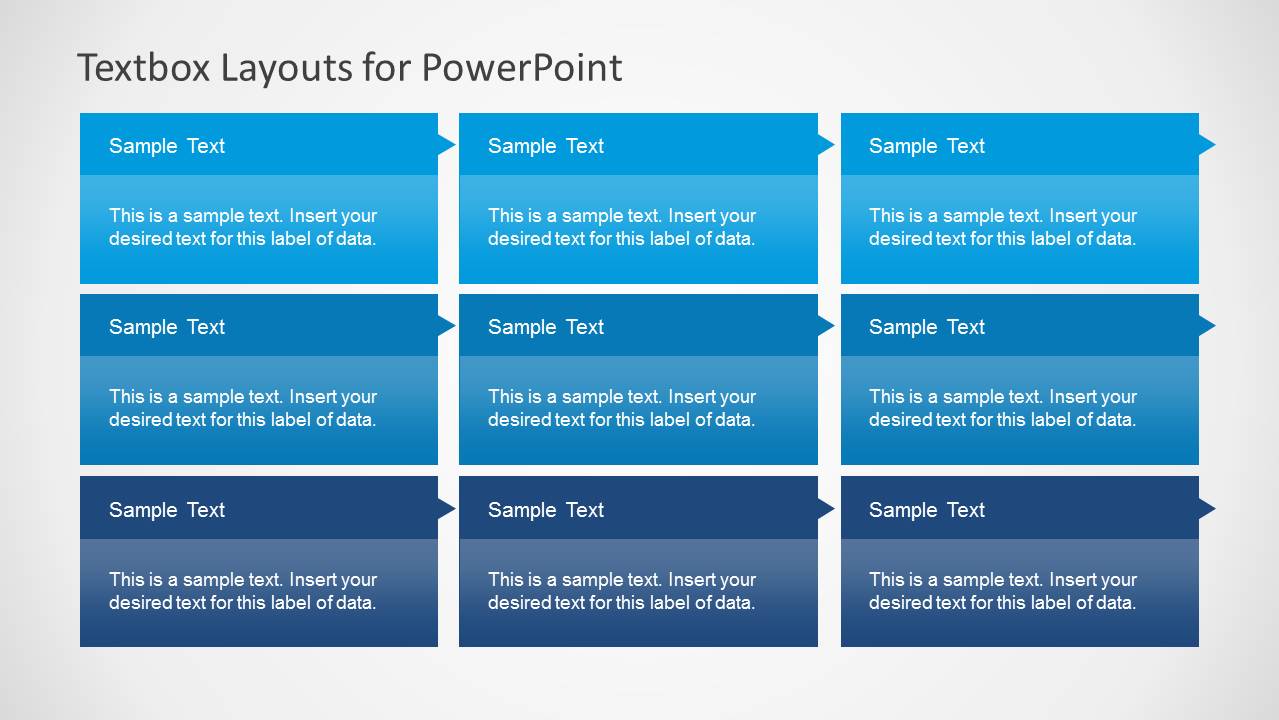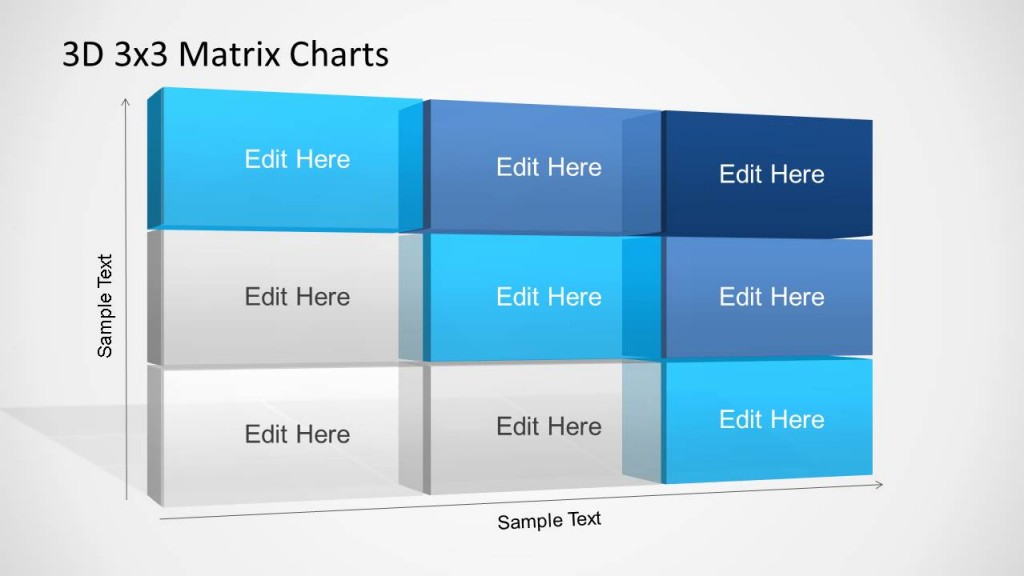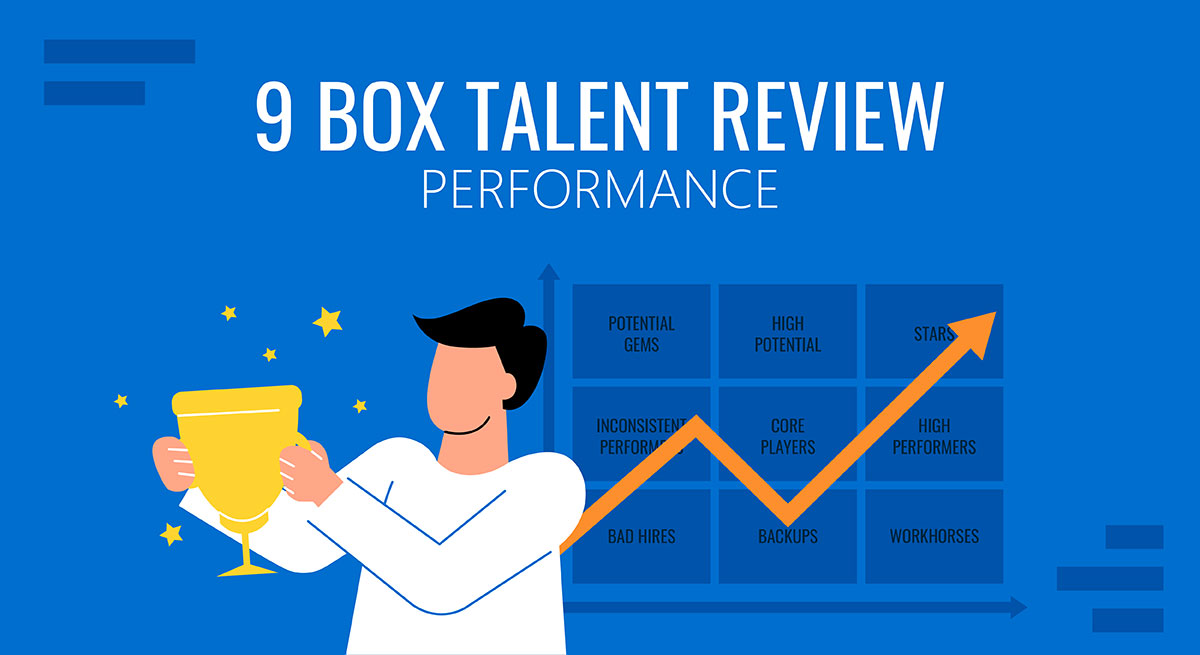
Managers often need to assess their talent pool to find out what’s working, what’s lacking, and what decisions they need to make for the employees and the company’s future. For that, a widely used tool by HR managers is the 9 box matrix.
This article will explain what the 9 Box Talent Review is, how it works, its uses, and its limitations. We will further elaborate on how you can effectively present a 9 box performance review and highlight an alternate approach to the nine-box matrix that overcomes some of its pitfalls.
So, without further ado, let’s dive in.
Table of Content
- What is the 9 Box Talent Matrix?
- How Is a 9-Box Talent Review Helpful?
- Steps for Creating a 9 Box Talent Grid
- 9 Box Talent Matrix Explained
- Uses of the 9 Box Talent Grid
- How to Effectively Present a 9 Box Talent Review?
- Potential Pitfalls of Using the 9 Box Talent Grid
- An Alternate Approach to 9 Box Talent Review
- Conclusion
What is the 9 Box Talent Matrix?
The 9 box talent model is a tool for analyzing employees’ current and potential levels of contribution.
The 9-box talent model is a vital component of a comprehensive talent management framework McKinsey developed, initially as a strategic tool for helping business leaders prioritize their investments within a corporate portfolio by comparing different business units. This framework has since evolved into a widely familiar HR tool, facilitating the assessment of employee performance and potential within organizations. The 9-box performance management grid, born out of this McKinsey talent management framework, is commonly used in talent management and succession planning. It serves as a powerful instrument for evaluating a company’s talent pool and identifying individuals with the potential to become future leaders. This tool enables organizations to make informed decisions about their workforce, ensuring that they nurture and retain top talent while addressing performance gaps.
Later it evolved into a widely familiar HR tool for assessing the performance and potential of talent in an organization to determine what the workforce requires.
This McKinsey talent management tool, the 9 box performance grid is commonly used in talent management and succession planning, since it helps evaluate a company’s talent and identifies potential leaders.

How Is a 9-Box Talent Review Helpful?
In the realm of modern talent management, organizations constantly seek effective tools like the 9-box for talent management to identify and nurture their top-performing employees. The 9-Box Talent Review emerges as a pivotal asset in this pursuit, offering invaluable insights and benefits that shape the future of businesses.
Strategic Talent Assessment:
A 9-Box Talent Review serves as a strategic compass for organizations, enabling them to map out their talent landscape comprehensively. By assessing both an employee’s past performance and their future potential, companies gain a clear understanding of their workforce’s capabilities, aiding in informed decision-making.
Identifying Future Leaders:
One of its primary advantages lies in its ability to pinpoint future leaders within the organization. The 9-box grid categorizes employees into distinct segments, making it easier to recognize those individuals with the potential to drive the company forward. These “Stars” and “High Potentials” are identified as invaluable assets ready to ascend the ranks.
Tailored Development Plans:
The 9-Box Talent Review guides the design of tailored development plans. For employees categorized as “High Potentials,” it becomes evident that they possess an untapped potential that can be harnessed through training and mentorship. This personalized approach ensures that each employee’s growth aligns with their unique strengths and ambitions.
Informed Succession Planning:
Succession planning becomes a more structured and informed process with the 9-Box model. Organizations can identify and groom successors for key roles, minimizing disruptions during leadership transitions. This proactive approach safeguards business continuity.
Efficient Resource Allocation:
By highlighting areas of strength and improvement across the talent pool, organizations can allocate resources efficiently. The 9-Box grid aids in directing investments towards individuals who promise the highest return on investment. This, in turn, enhances organizational efficiency.
Fostering Open Dialogue:
The 9-Box Talent Review promotes open and constructive dialogue around talent management. It encourages managers and HR professionals to engage in discussions about the future of the organization’s workforce. These conversations lead to better-informed decisions regarding promotions, training initiatives, and more.
A Framework for Growth:
Ultimately, the 9-Box Talent Review provides a structured framework for nurturing talent and steering the company toward sustained growth. It empowers organizations to capitalize on their strengths while addressing areas of improvement, resulting in a more agile and competitive workforce.
Steps for Creating a 9 Box Talent Grid
The 9 box assessment can be done easily by following the steps below,
Step 1: Performance Assessment
For creating the 9-box performance management grid, the first step is to assess the performance of your employees. Managers can use the company’s performance management system to rate their employees’ performance.
Low-performing employees do not complete their job duties and fail to reach their individual assigned targets.
Employees with moderate performance will partially reach their targets and match the job requirements halfway.
Employees that reach all their targets or even succeed more than the assigned individual requirements, they would fall in the high-performance category.
Step 2: Potential Assessment
After assessing performance, managers need to assess the potential of their employees in the same way, low, medium, and high potential. However, it is not as simple as tracking the performance with set KPIs.
Rather it takes the performance review data and the manager’s insights to determine whether each employee is working at their full potential or if it can be developed through training, making them eligible for a promotion.
A low-potential employee would be working at their full potential and cannot be expected to improve further. This could be due to their lack of motivation, or they might just be working at their maximum capacity.
A moderate potential employee would have the potential to improve further through training and development. This would lead to better performance in their current role and develop their expertise in a current job role.
A high-potential employee would be one who is eligible for promotion and could be a part of the company’s management in the future.
Hence, the potential is basically an employee’s possible upward trajectory within the company, making it a crucial part of the 9 box review.
Step 3: Plotting on the 9-Box Grid
When the potential and performance of employees have been assessed, the last step is plotting on the 9 box grid. The talent review model provides managers with a clear picture of where each employee stands within the company.
9 Box Talent Matrix Explained
The 9 box talent framework is a simple 3×3 grid, with potential on the y-axis and performance on the x-axis. It is important to know how to complete the 9 box grid in order to take full advantage of all its possibilities.

Stars: High Potential / High-Performance
A star employee performs well consistently in a variety of assignments and is self-motivated to solve problems. They are valuable employees who could be up for succession and can be a part of the company’s management in the future.
High Potentials: High Potential / Moderate Performance
An employee that performs well enough at their current job, but still has the potential to do better. Managers can give these employees challenging tasks and stretch assignments to help them reach their maximum potential.
Potential Gems: High Potential / Low-Performance
Employees in this category can still perform better at their jobs. Managers need to provide training to improve the employee’s performance.
High Performers: Medium Potential / High-Performance
High performers are employees who have reached the limit of their career potential within the company. This employee’s performance can be encouraged through delegation skills.
Core Players: Medium Potential / Moderate Performance
Core players are in the middle of the talent management grid. These are capable employees who may be experiencing some issues and need mentoring for better performance.
Inconsistent Performers: Medium Potential / Low-Performance
These employees require serious coaching for improved performance and can be considered for job enlargement to test their abilities.
Workhorses: Low Potential / High-Performance
Workhorses are basically effective performing employees who may have reached the limit of their career potential. Mentoring can help improve their creative and lateral thinking.
Backups: Low Potential / Moderate Performance
Low potential and moderate performing employees can progress within the same level if stretch goals are assigned, and coaching is initiated.
Bad Hires: Low Potential / Low-Performance
Employees with low performance and low potential either need to be let go or reassigned to another job post to boost morale and performance.
Uses of the 9 Box Talent Grid
The 9-box talent grid has the following uses:
1. Enables Quick Organization of Employees
The 9-box grid helps in quickly organizing employees, identifying top-performing talent, figuring out who needs to be let go of, and finding high-potential candidates that need a little push in the right direction.
2. Easy to Understand Framework for Encouraging Dialogue
The 9 box talent matrix helps initiate conversation around talent management, future leaders, and succession plans for the company’s long-term growth. It encourages managers to think about the future of their talent pool by gaining insight into their potential and performance.
3. Offers Fresh Perspective for Talent Investment Decisions
The 9 box matrix helps HR professionals figure out talent investment decisions, and focus on succession planning by identifying future leaders for the company’s future. Managers can allocate funds to talent who provide the highest ROI and retain essential employees.
How to Effectively Present a 9 Box Talent Review?
A 9 box talent review, and specifically how to conduct a talent review, can be presented in several ways. The classic way is to create a 3×3 grid on a whiteboard and arrange sticky notes for employee placements. However, this method gets disorganized easily and cannot be saved for later use.
Another way is to utilize Google Sheets or excel to display the grids and enter information regarding employees. This method is not as visually appealing but still effective in creating the 9 box model.
We recommend using a PowerPoint presentation for presenting a 9 box talent review. You can check out our collection of 100% editable PowerPoint templates to create the 9 box talent model in a visually appealing manner.
You can even add animations to the 9 box grid templates to make them more compelling when discussing the talent framework in a meeting, and save it easily for use again in the future.
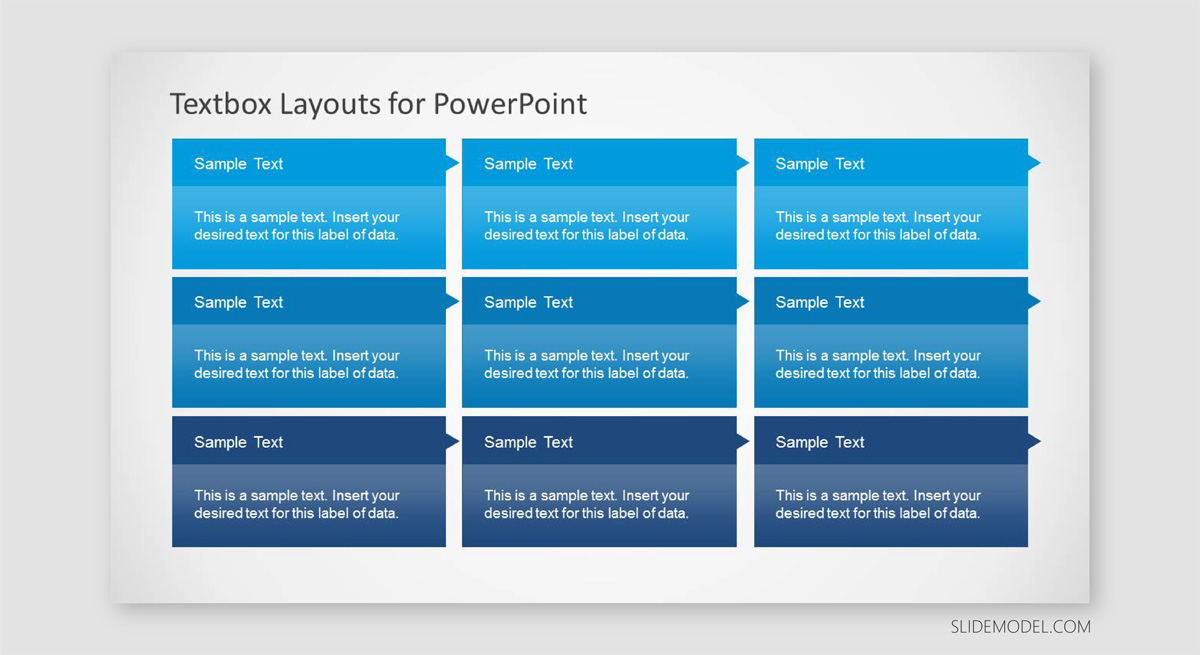
The following designs can be used as matrix templates to prepare presentations on 9 Box Talent Review topics.
- Textbox Layouts template for PowerPoint
- 3D Matrix Charts PowerPoint Template
- 3×3 Diagram for PowerPoint with Harvey Balls
- 9 Cells Square Matrix PowerPoint Infographic
However, if you are looking for a 100% editable and ready-made template, you can use our 9 Box Talent Review PowerPoint presentation template. Alternatively, you can download other performance review templates for presentations, compatible with Google Slides and PowerPoint.
Potential Pitfalls of Using the 9 Box Talent Grid
McKinsey’s 9 box talent matrix is a useful tool for analyzing a company’s talent pool, but unfortunately, it also has some potential pitfalls that should be kept in mind when using it,
Prone to Bias and Subjectivity
The validity of a 9 box talent review is questionable as it can be influenced by bias and subjectivity. There are a lot of gray areas that are not measured by the 9 box grid while determining the potential of an individual could vary from person to person. A manager’s perspective can be based on miscommunication, personal bias, and opinions that could lead to an incorrect talent review.
Scarce Measurement of Objective Data
The 9 box model will only yield effective results if it is made of true objective data. If the objective data is scarce that measures the performance and competencies of the workforce, the 9 box grid results will be biased and based on personal opinions that could harm the future of the company. Proper KPIs and measurement metrics should be put in place for collecting objective data, in order to get an effective 9 box talent review.
Confines Employees to a Specific Label
The 9 box grid does a good job of categorizing the talent pool, but it may also confine employees to a specific label, both positive and negative. Labels can be stuck for years and leave a bad impression of the employee among their colleagues.
The tool can Be Misused Based on Office Politics
Every office has some politics involved due to subjectivity, opinions, and favoritism. This is why this tool can be misused by managers when they make decisions based on their feelings rather than objective data. They can influence the review by selecting the talent that they like to be promoted, and determining the ones they don’t like as bad hires that need to be let go.
Transparency May Lead to Employee Conflicts
The 9 box grid is highly prone to subjectivity, and human emotions can lead to biased employee ranking, therefore the transparency of this model can lead to stress and employee conflicts. Meetings, where the talent review is discussed can be quite nerve-wracking for both the employees and the managers.
An Alternate Approach to 9 Box Talent Review
To overcome the shortcomings of the 9 box talent review, an alternate approach is the 16 box talent matrix. It works on the same principles as the 9 box matrix, but it has a 16 box grid rather than 9, which offers more flexibility for defining where the employees stand.
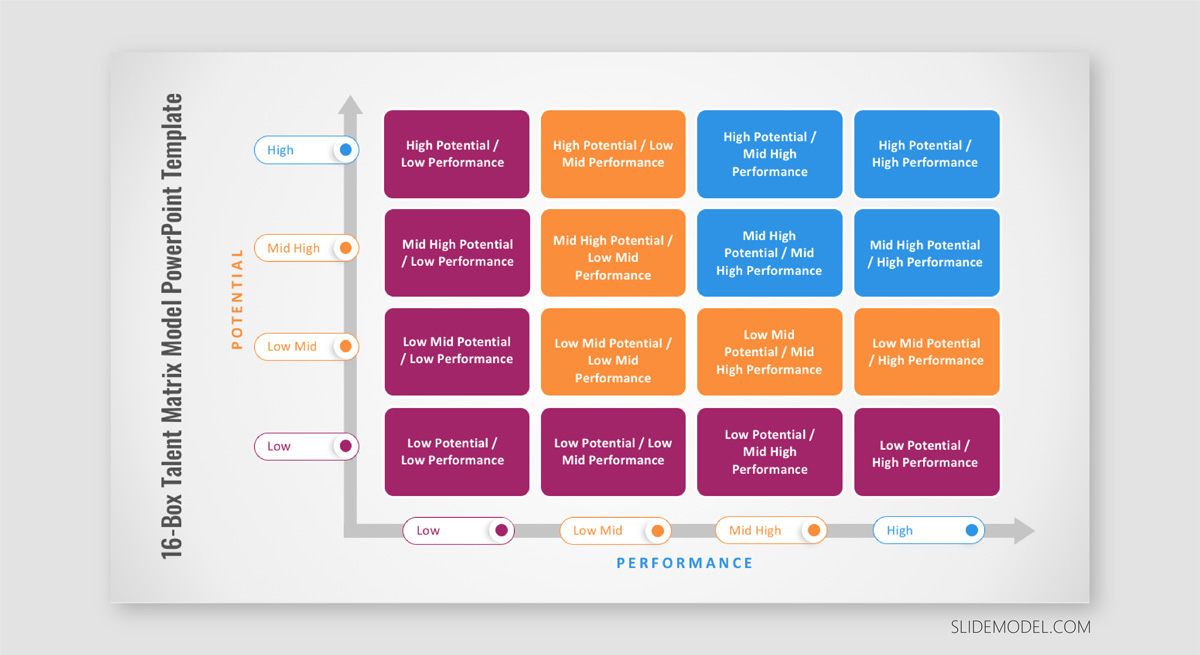
The 16 box grid has 7 more options that help avoid great generalizations. It also excludes the average middlebox that the 9-grid has to make it a more reliable tool to evaluate the workforce, manage the performance of employees, and for succession planning.
FAQs
What is the 9 Box Talent Matrix?
The 9 box talent model is a tool for analyzing employees’ current and potential levels of contribution.
How does the 9 Box Talent Review help organizations?
The 9 Box Talent Review helps organizations assess employee performance and potential, identify future leaders, create tailored development plans, inform succession planning, allocate resources efficiently, and foster open dialogue about talent management.
How is the 9 Box Talent Matrix structured?
The matrix is a 3×3 grid with performance on the x-axis and potential on the y-axis. It categorizes employees into nine groups, such as “Stars” (high potential, high performance) or “Workhorses” (low potential, high performance).
What are the uses of the 9 Box Talent Grid?
It helps in quickly organizing employees, initiating conversations about talent management and succession planning, and making informed decisions on talent investments and development.
How can I effectively present a 9 Box Talent Review?
The 9 Box Talent Review can be presented using tools like Google Sheets, Excel, or PowerPoint. Using PowerPoint with 9 Box Talent Review templates allows for visually appealing and organized presentations, which can be saved and reused.
Is there an alternative to the 9 Box Talent Review?
Yes, the 16 Box Talent Matrix is an alternative approach that provides more flexibility by adding seven more categories, reducing generalizations, and offering a more detailed analysis of employee performance and potential.
Conclusion
Besides the pitfalls of using the 9 box talent review, it is still the most widely used HR tool today. The 9 box grid helps facilitate talent management conversations by providing a practical talent review framework. It is proven to be a valuable tool when used correctly for the performance management of employees and for identifying future leaders.
